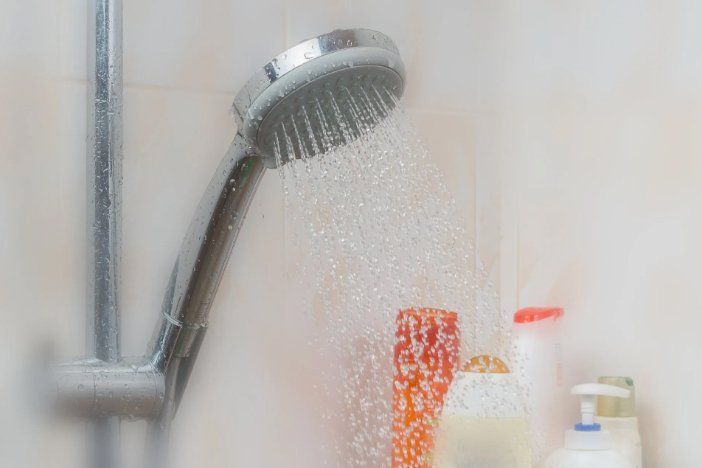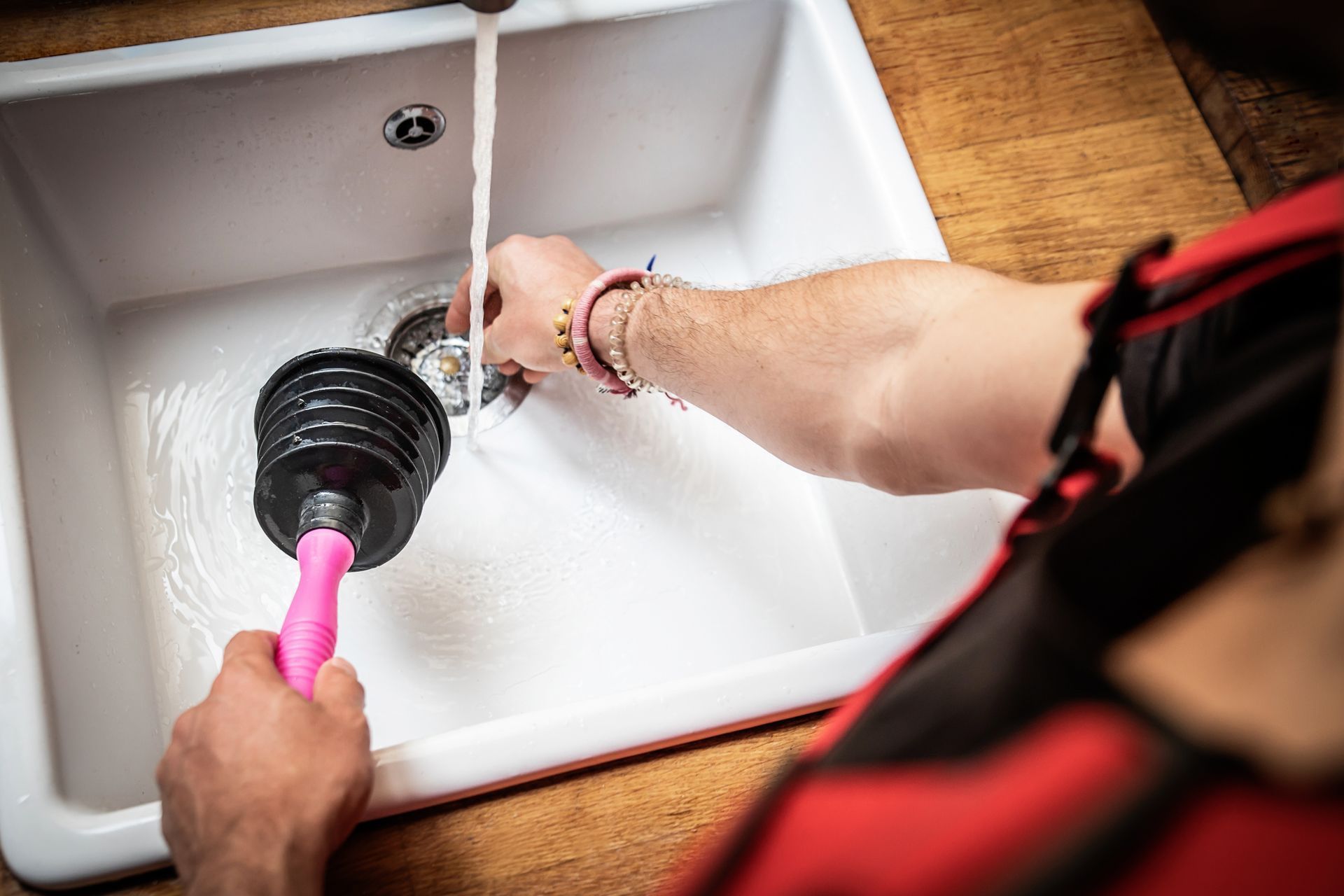Tips for Conserving Household Water

Is your money going down the drain? If you aren't actively taking steps to conserve water, the answer is likely yes. And if you are on a septic system, it's just as important to conserve water to reduce strain on your septic tank.
Here are the areas of your home that use the most water and tips to save water and money.
The Bathroom
Your bathroom uses more water than any other room in the house.
Toilet
The typical household uses about 33 gallons of water; this means that 24 percent of your daily household water usage is used by the toilet. This is generally the largest use of water in a household. A toilet that is running or leaking from the base can add substantially to this usage as well. And water leaks in the home account for 17 gallons or 12 percent of your daily total.
To check whether your toilet is leaking, put one drop of food coloring in the back of your tank and wait 10-15 minutes. If you see any water in the bowl, you have a leak and it is time to call a plumber. The rubber flapper, or valve seal, which is located on the bottom of the tank, is often the culprit for a leaking toilet. Have your plumber replace this part to lessen your water loss.
Another option homeowners have is to replace their old toilet. New toilets use considerably less water than older models. Low-flow toilets can use as little as 1.6 gallons of water per flush; older models use 5-7 gallons. This can net substantial savings on your water usage and bill. Households can also opt to not flush the toilet after every use.
Shower and Bath
The next highest in water usage is the shower, with the typical household using 28 gallons a day and accounting for 20 percent of their total water usage. Just like older toilets use more water, older showerheads do as well.
A conventional showerhead uses 5 gallons of water per minute; a low-flow showerhead uses 2.5 gallons of water or less per minute. While most American adults prefer a shower over a bath, small children are usually given baths. SInce baths can use anywhere from 35-50 gallons of water, limit baths to only when necessary.
You can also consider saving shower water to use for bathing children or bathing multiple children at once. You can use a plastic pail to save shower water while waiting for it to warm up and then use this water to water plants or scrub the floor.
The Laundry Room
Your washing machine accounts for 24 gallons or 17 percent of your home's water usage. To cut down on this, don't wash partial loads — wait until you have a full load of clothing to wash. You also probably don't need to wash your clothes as often as you do.
Unless clothes are heavily soiled at the end of the day, consider hanging them up to wear again. And when it comes time to replace your old washing machine, choose a high-efficiency washer (HE). These machines use less water and electricity and still get your clothes clean.
The Kitchen
Cooking and cleaning are never-ending chores in most households. And these tasks can consume a lot of water. For example, if you wash your dishes by hand, you are using about 50 percent more water than if you used a dishwasher. Running the faucets accounts for 26 gallons or 19 percent of your household water usage.
If you have a dishwasher, be sure to only run it when it is full. Choose the air-dry option to reduce your energy usage as well.
Like the other water-using fixtures and appliances in your home, modern dishwashers are far more energy-efficient than older models. In fact, dishwashers today use about 50 percent less energy than dishwashers did 20 years ago.
Whether you fear you may have a water leak somewhere or simply want to install water-saving features in your home, contact us at O’Fallon Sewer Service to schedule an appointment.








